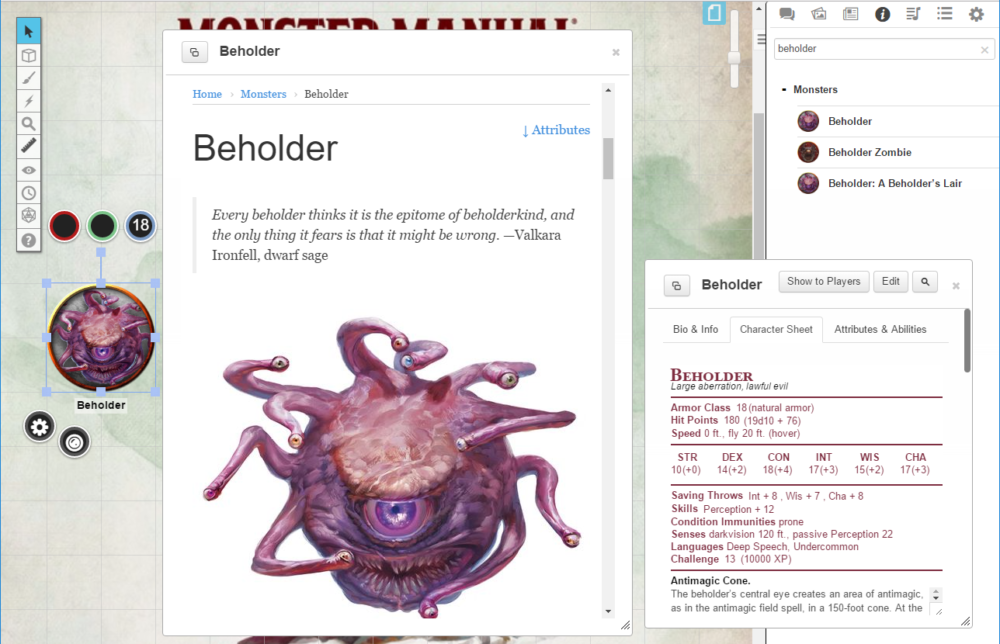

This is just what I've managed to discover just by glancing through the results. Summon elemental even has other options to resist even more damage types to cover even more cases. If you factor in that resistance in the majority of cases I'd argue that the earth elemental is the biggest tank. However, when we get around to the elemental spirit the earth elemental resists piercing and slashing which crop up more than any other. Poison is a little more common but also comes up. In the majority of cases if a monster has a resistance here it resists a not too common type like psychic, radiant or necrotic. On paper the constructs have the highest defensive CRs, but as I mentioned above this is not factoring in abilities, and resistances. And that's not even going into the fact that it has a random chance to attack your allies.īut the golems certainly win the defense medal right? But in most cases I think smart enemies will start to avoid targeting the golem altogether to prevent the extra attacks. The caster can make it work by positioning the golem with only enemies around it and then targeting it with aoe's to trigger the reaction. Second the golem then makes an attack against a random creature within melee range of it. So I made the wild assumption that the golem will get to use its berserk lashing reaction every turn which isn't necessarily realistic. That gives players the freedom to choose the ones they think are the most fun for them based on aesthetics or the extra abilities. Honestly, I think that the spells are relatively well balanced (within 5e's definition of "close enough" balance that is). There is only one instance where the average CR of two options differs by more than 1 and that is because I think my assumption on the clay golem is quite unrealistic (will go into more detail below). Spells that have multiple options within the stat block do a pretty good job of keeping those options in the same ball park. But for the purposes of these spells the monsters pack a punch due to all of them having multiattack. I'm not too familiar with calculating CR based on existing stat blocks so I can't really comment on if this is unusual.

In every single instance the offensive CR is higher than the defensive one. The stat blocks are heavily lopsided toward offense. What you really are paying for when you are picking up one of the higher level spells are stronger additional abilities which aren't really reflected here and generally more versatile role choices within the spell. The shadow spirit keeps up with the fiend in CR when upcast. However, this isn't always true and isn't quite as drastic as you might think at first. We see this sort of thing with damage spells all the time where generally a level 2 spell upcast to third level deals less damage than a spell that starts at 3rd level. The earlier a spell is available the worse it typically scales. I have not yet really dug into the data but a few general observations: This is doubly true when a creature has ranged attacks and can fly. This also means that the creature will not soak up hits meant for your party, which is a big boon to summon spells. This is because if a creature can stay at range it's less likely to be targeted and thus can make up for a sub par defensive CR. For example I assume that the star spawn aberrant spirit will be able to trigger it's whispering aura ability on one target per turn.Ĭ) When calculating offensive CR I calculated it based on both a caster who is just at the level needed to cast spells of the spell level in question and a caster with a maxed out proficiency bonus and casting stat (since to hit bonus affects offensive CR).ĭ) I noted where a creature has primarily ranged attacks in the defensive CR notes. EDIT: This is no longer true, I have now factored in these abilities into the calculation.ī) For offensive CR I made some assumptions with how often abilities that do damage trigger as noted. As such this rating should be taken with an appropriately large grain of salt when considering a summon that has resistances or abilities that can help reduce damage. So I created a Google spreadsheet available here.Ī) Defensive CR is calculated only based on HP and AC and doesn't take any abilities into account. But because the stat blocks are variable and scale with both spell level and the caster's proficiency bonus this turned out to be not so simple. So I took it upon myself to calculate CR for each stat block. But with a lot of different spells I was curious as to how they compare against each other. Having a generic stat block makes things run easier in terms of player expectations and game prep. So I quite like the implementation of the new Summon spells from Tasha's Cauldron of Everything.


 0 kommentar(er)
0 kommentar(er)
